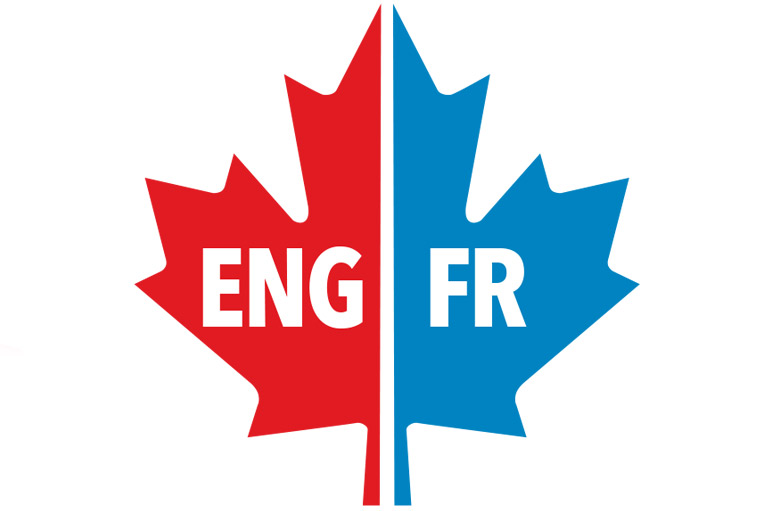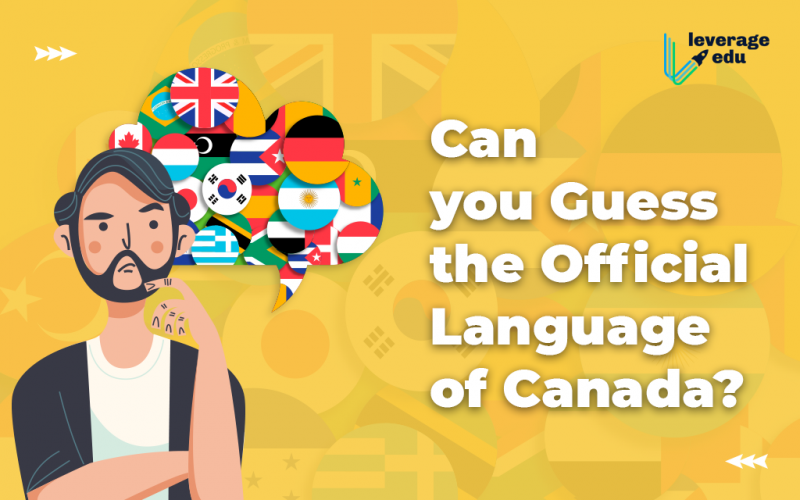Canada has a lot to offer right from its heritage sites to its multicultural history. However, one of the most unique features of Canada is its linguistic diversity in its 10 provinces. Canada has two official languages- English and French. Having two official languages makes it quite complicated to handle official matters. There’s a wide variety of linguistic demographics including – mother tongue, first official language and language used at work, as reported by Canada’s census. Let’s read a little bit more about Official Languages in Canada.
| Country | Canada |
| Capital | Ottawa |
| Official Language | English and French |
| Indigenous Language | Many |
| Immigrant Languages | Mandarin, Cantonese, Punjabi, Spanish, Tagalog (Filipino), Arabic, German, Italian |
| Sign Languages | American Sign Language (ASL), Quebec Sign Language (LSQ), Maritime Sign Language, Inuiuuk (47), Plains Sign Talk, Plateau Sign Language |
Everything you need to know about the Upcoming Intakes in Canada for 2021-2022!
This Blog Includes:
Official Languages in Canada
In a 2009 print edition of Hill Times, Canada’s Official Languages Commissioner Graham Fraser was quoted saying In the same way that race is at the core of what it means to be American and at the core of an American experience and class is at the core of British experience, I think that language is at the core of Canadian experience.”

English (58.1% of Canada’s Total Population)
English is one of the official languages of Canada spoken by nearly 20,193,335 native speakers that account for 58.1% of Canada’s total population. Nearly 86.2% of the Canadian population can hold a conversation in English, so if you wish to travel to Canada with some working knowledge of English, you’ll be fine. 74.5% of the population speaks English at home. This is true perhaps everywhere besides Quebec and Nunavut, where 83% of the population has Inuit as the mother tongue.
Know how to Study in Canada Without IELTS!
French (21.4% of Canada’s Total Population)
French is the second official language of Canada with 7,452,075 native speakers that accounts for 21.4% of the total population. French is a very important language in Canada and the proportion of people who could speak French and English is about 17.9%. What must be noted here is that the use of French as a spoken language and mother tongues has been consistently declining in spite of the efforts made by imposing laws to preserve the primacy of the French language. Last year the Quebec government amended its laws to require all outdoor signs and storefronts to feature French.
Explore these Best Colleges in Canada for International Students
Other Immigrant Languages in Canada
Besides having two official languages, the Canadian population converses in few other languages as well. Let’s have a look at these languages that will help in study abroad for Indian students.
Cantonese
Cantonese is the Chinese language, often used by Canadians. It is popular in large cities mainly. It is the fourth most commonly used language of Canada.
Mandarin
Nearly 6.2 per cent of Canadians speak a language other than English or French as their sole home language. Mandarin language is most commonly spoken in the major metropolitan areas and is reportedly the third most commonly used language in Canada.
Punjabi
The fifth-most common language spoken at home across the country is Punjabi. Punjabi is reported to be the most frequently reported immigrant language in places like Vancouver, Calgary and Edmonton. It must be pointed out here that the number of Canadians who speak more than one language is always growing.
Learn about the 10 Biggest Culture Shocks for Students in Canada
Geographic Distribution of Official Languages in Canada
The table below summarises the population of each province and territory by mother language as recorded in the Canada 2016 Census, with summary national totals.
| Province/Territory | Total Population | % of English Speakers | % of French Speakers | % of other Language Speakers | Official language(s) |
| Ontario | 13,312,870 | 69.52% | 4.27% | 29.04% | English |
| Quebec | 8,066,555 | 8.91% | 79.06% | 14.54% | French |
| British Columbia | 4,598,415 | 71.14% | 1.56% | 29.59% | English (de facto) |
| Alberta | 4,026,650 | 76.51% | 2.15% | 23.66% | English |
| Manitoba | 1,261,615 | 73.83% | 3.65% | 25.06% | English |
| Saskatchewan | 1,083,240 | 84.09% | 1.64% | 16.01% | English |
| Nova Scotia | 912,300 | 91.86% | 3.66% | 5.39% | English (de facto) |
| New Brunswick | 736,280 | 65.42% | 32.44% | 3.42% | English, French |
| Newfoundland and Labrador | 515,680 | 97.22% | 0.59% | 2.53% | English (de facto) |
| Prince Edward Island | 141,020 | 91.46% | 3.83% | 5.44% | English (de facto) |
| Northwest Territories | 41,380 | 78.65% | 3.30% | 20.05% | Chipewyan, Cree, English, French, Gwich’in, Inuinnaqtun, Inuktitut, Inuvialuktun, North Slavey, South Slavey, Tłįchǫ |
| Yukon | 35,555 | 83.72% | 5.10% | 13.12% | English, French |
| Nunavut | 35,695 | 32.90% | 1.79% | 67.38% | Inuit Language (Inuktitut, Inuinnaqtun), English, French |
Explore the Life in Canada for Indians: A Detailed Guide
Interesting Facts!
Now that you’ve read about the official languages in Canada and the other most used languages, let’s have a look at some of the astonishing facts about the Canadian Language Diversity
- It has been reported that more than two hundred languages are spoken across Canada. Barring English and French, Twenty of them have a reported hundred thousand speakers each.
- Young people in Canada are increasingly speaking more in English than inFrench. Since the mid-1990s, population growth in Canada has been through immigration and hence, the value of learning French needs more reinforcement across Canada.
- Each province shows a distinct immigrant language as the second most spoken one. For instance we can take the case of Punjabi in British Columbia and Tagalog in Manitoba.
- Owing to the special lower language requirements to qualify for immigration, Saskatchewan, Manitoba and Alberta attract immigrants who have no knowledge of the official languages.
- Children are more likely to speak an immigrant language at home growing up and they mostly learn English when they start school.
How to Speak Canadian? (BONUS)
FAQs
The 2 official languages of Canada are French and English. Many more unofficial languages are spoken in Canada. In reality, almost 200 languages from all over the world are spoken here.
Section 16 of the Charter recognises English and French as Canada’s official languages. Both languages enjoy equal status, rights, and privileges in all institutions of the Canadian Parliament and Government.
Following English and French, Punjabi has become the official third language in the Canadian Parliament. This decision comes after four years as the most significant language in Parliament and the election of 20 Punjabi-speaking candidates to the House of Commons.
So, this was all about the Official Languages in Canada. We hope you found this to be insightful and informative. For more insightful content, stay connected to Leverage Edu!

 One app for all your study abroad needs
One app for all your study abroad needs





















 45,000+ students realised their study abroad dream with us. Take the first step today.
45,000+ students realised their study abroad dream with us. Take the first step today.

